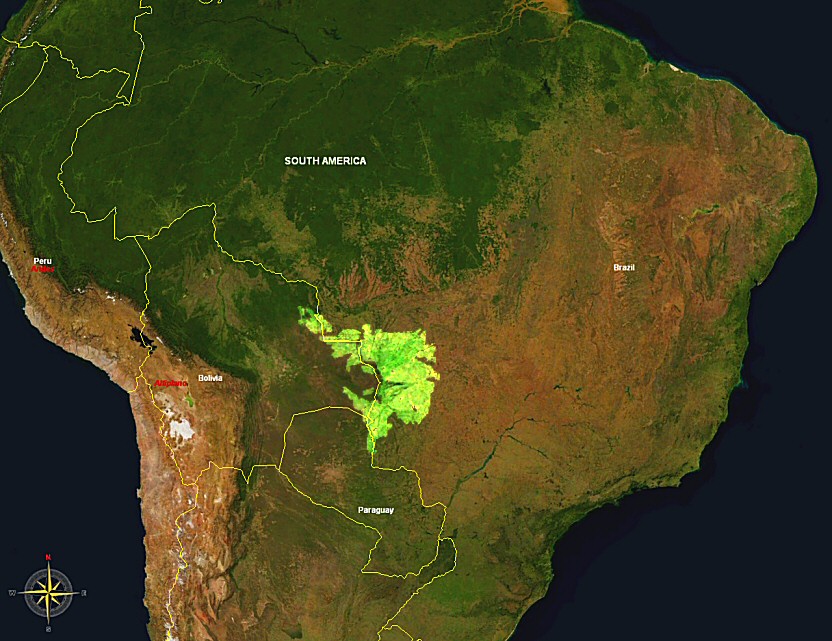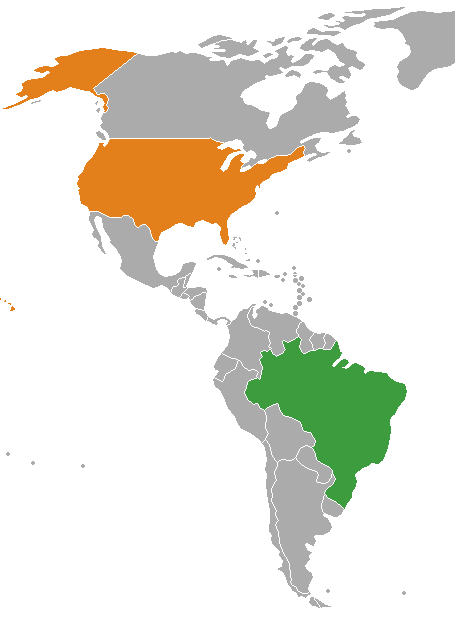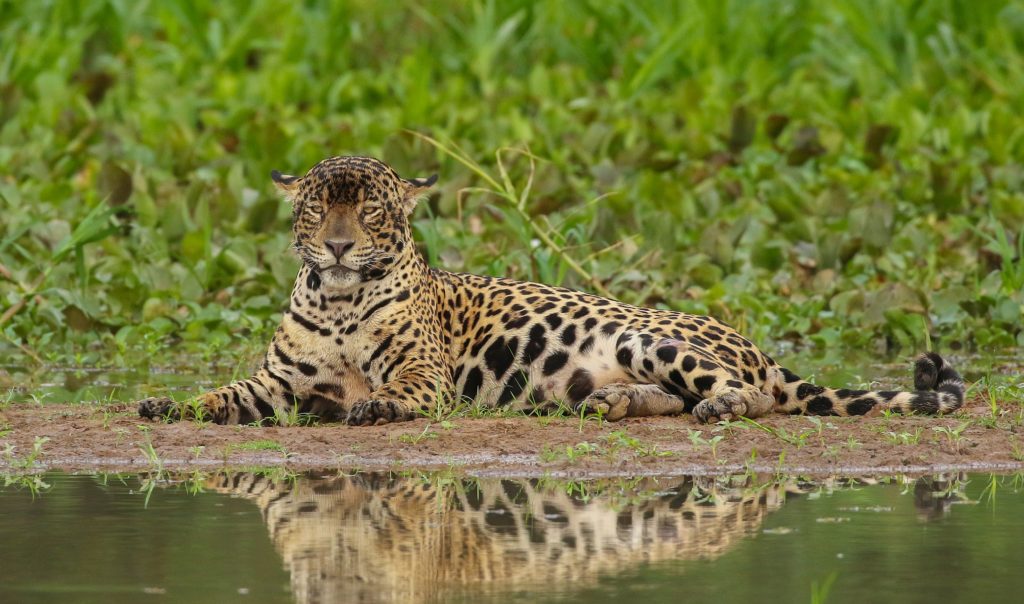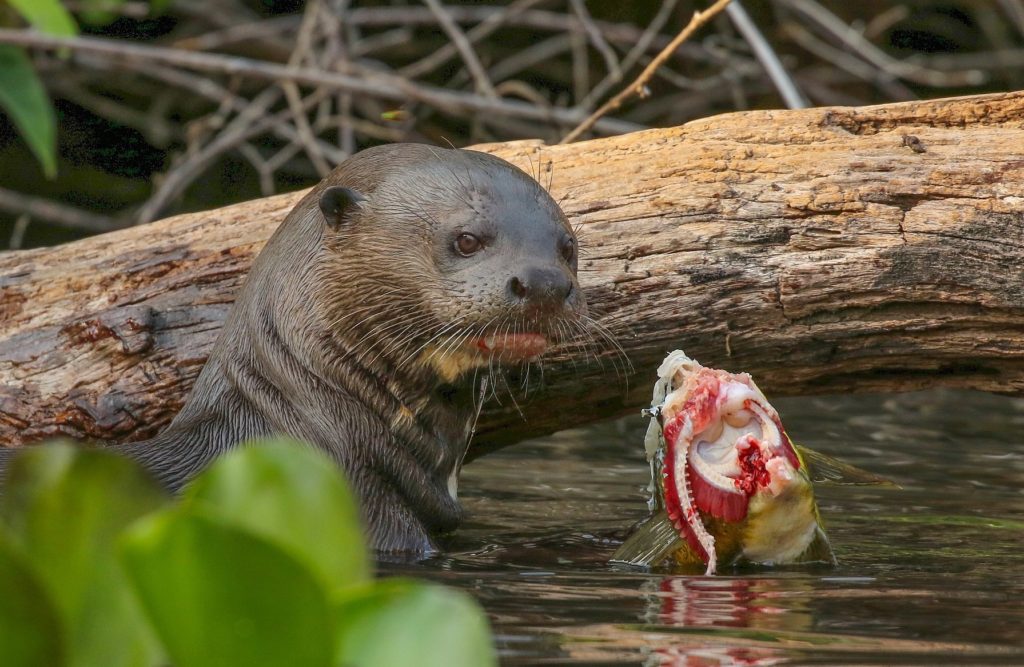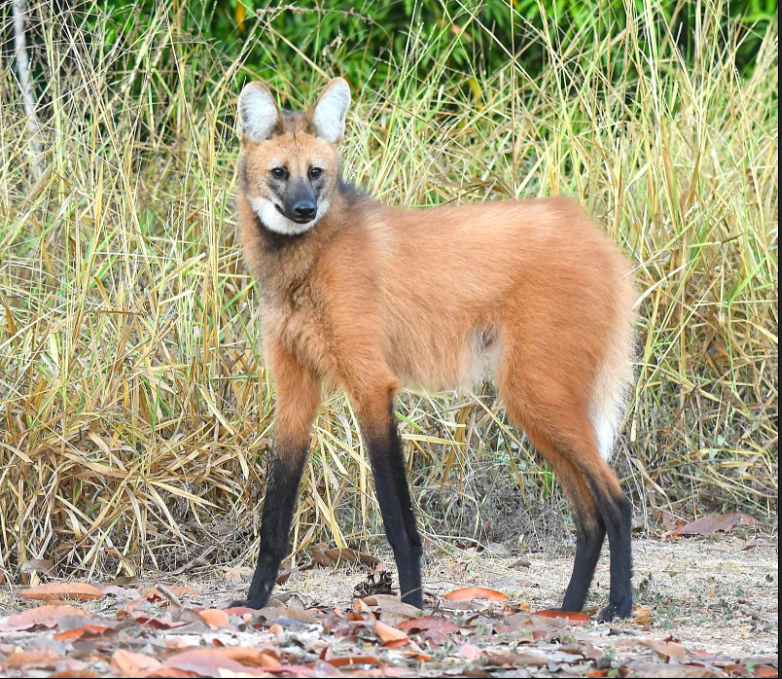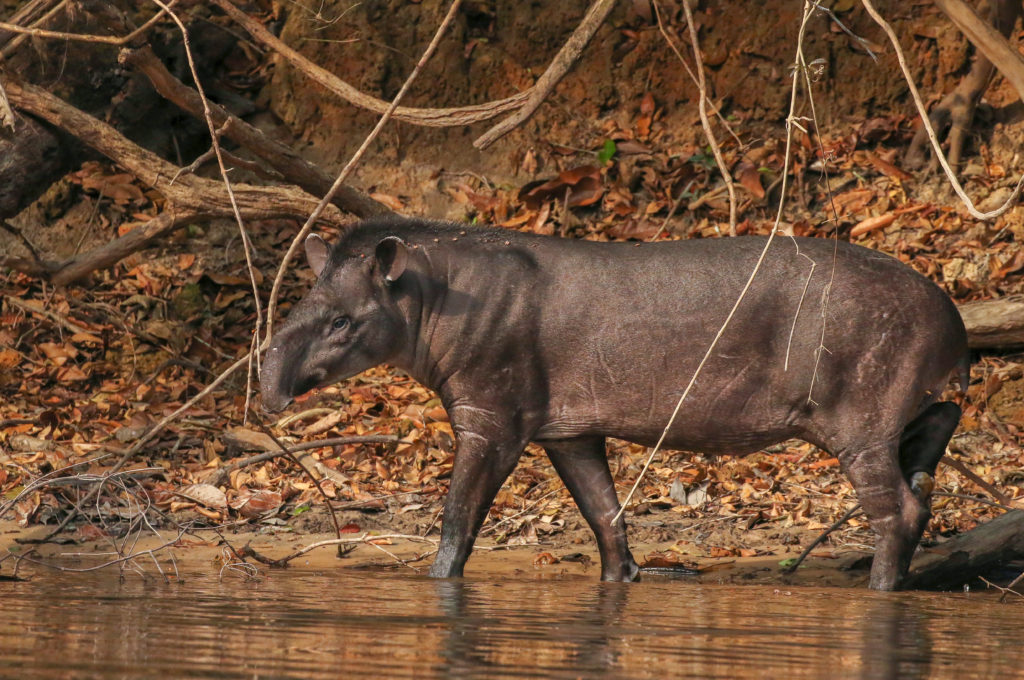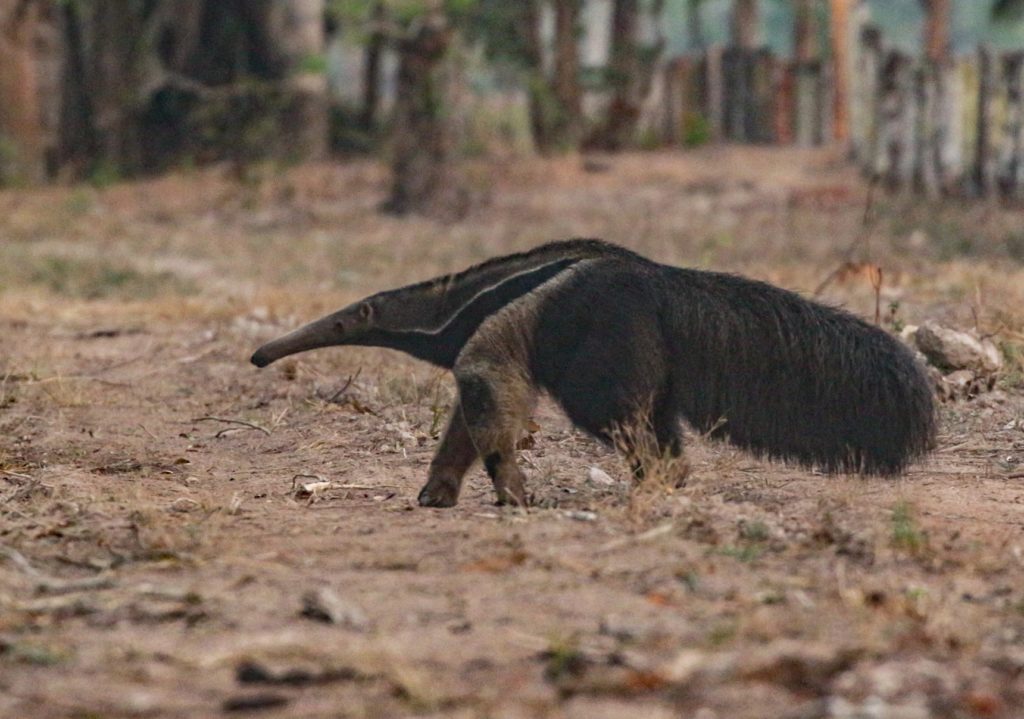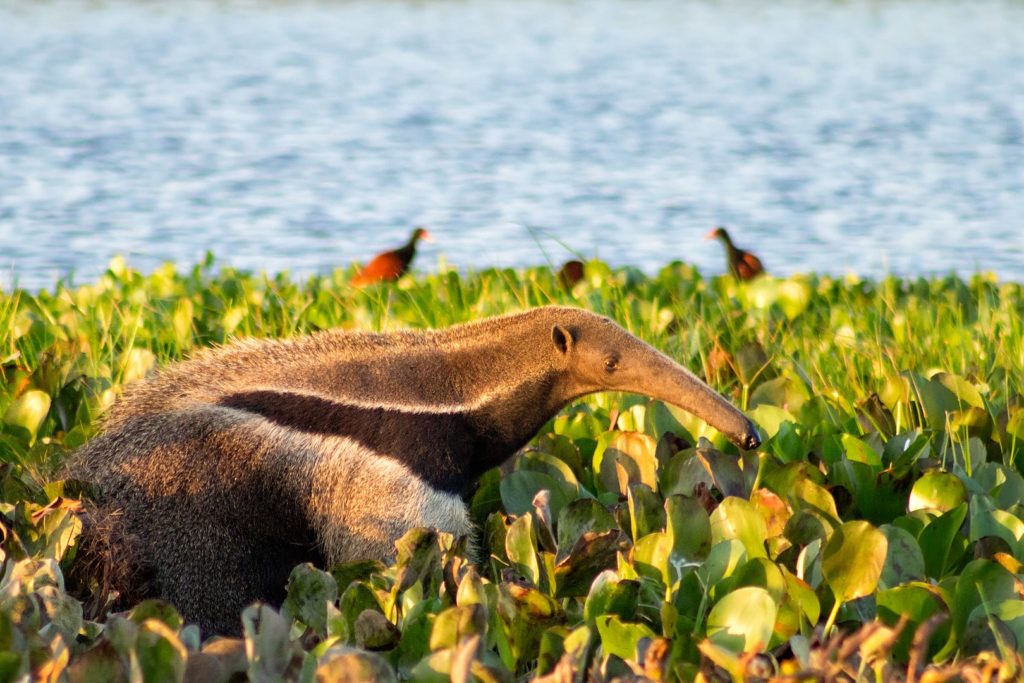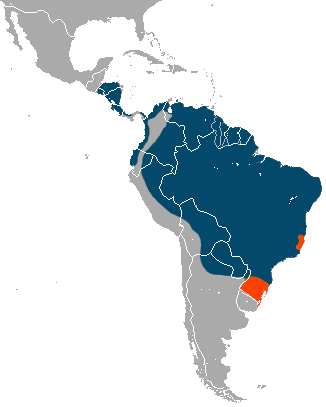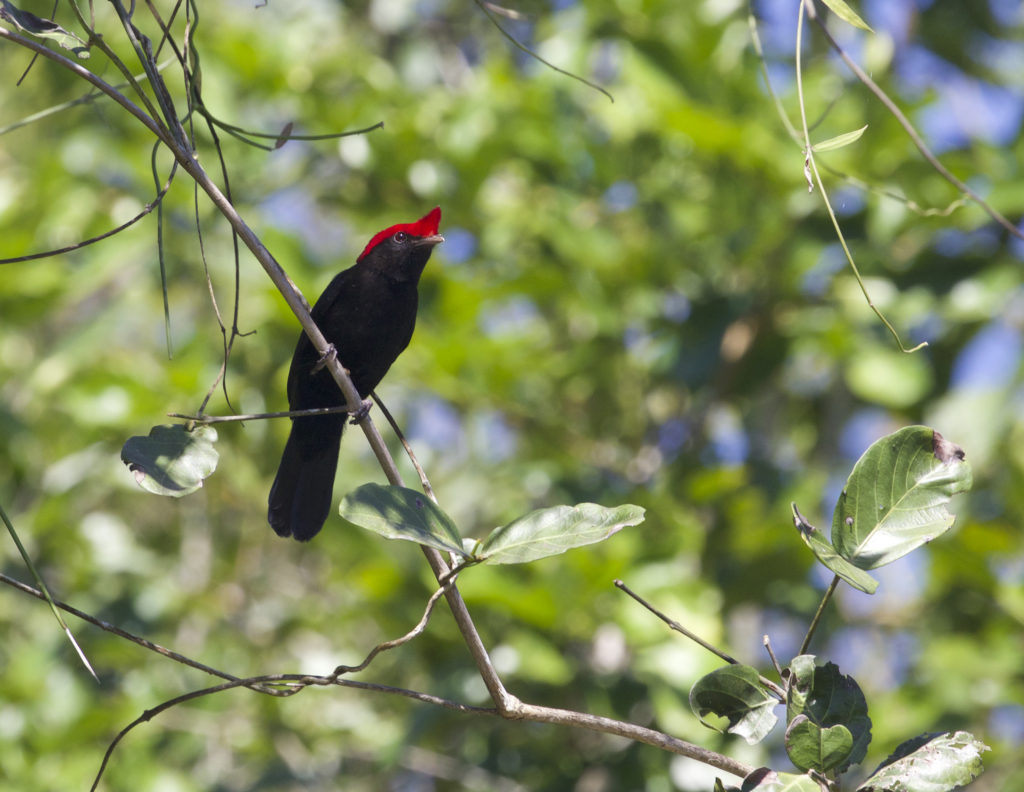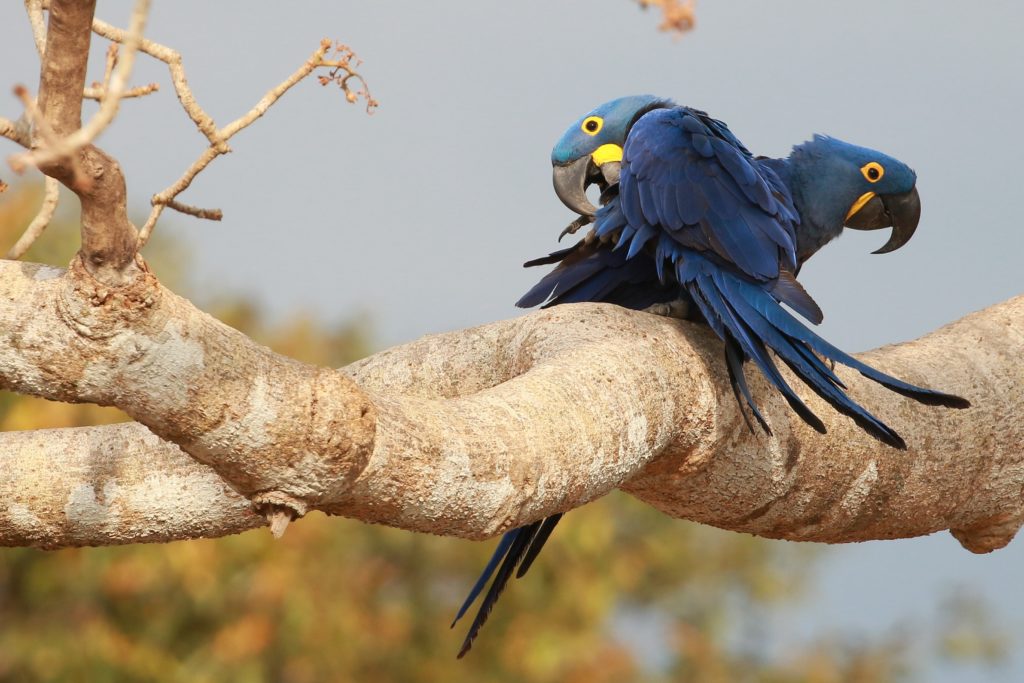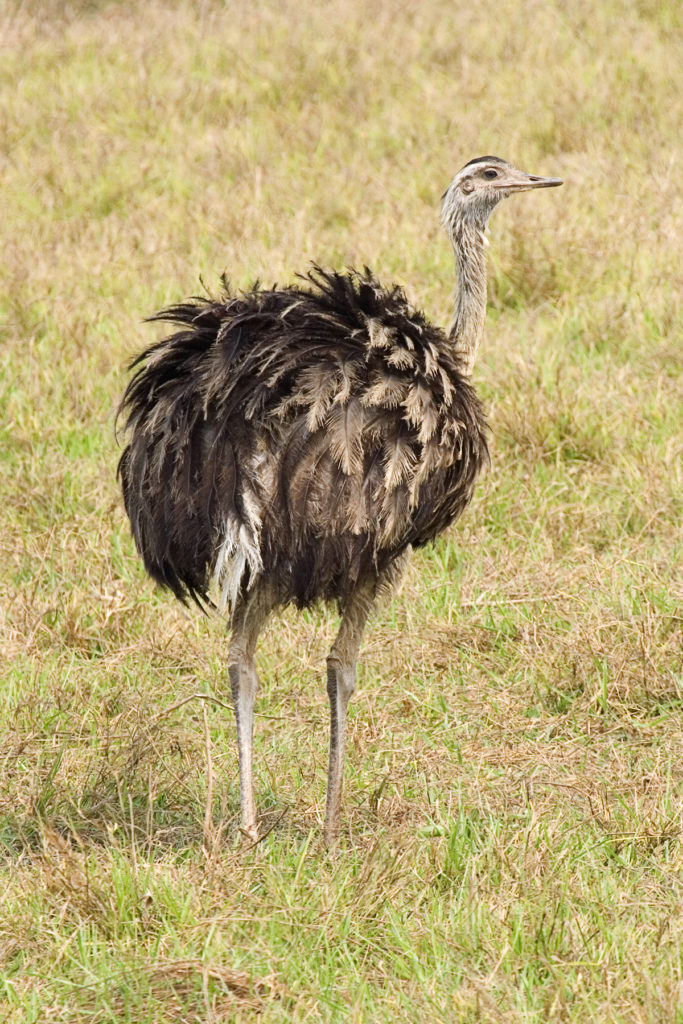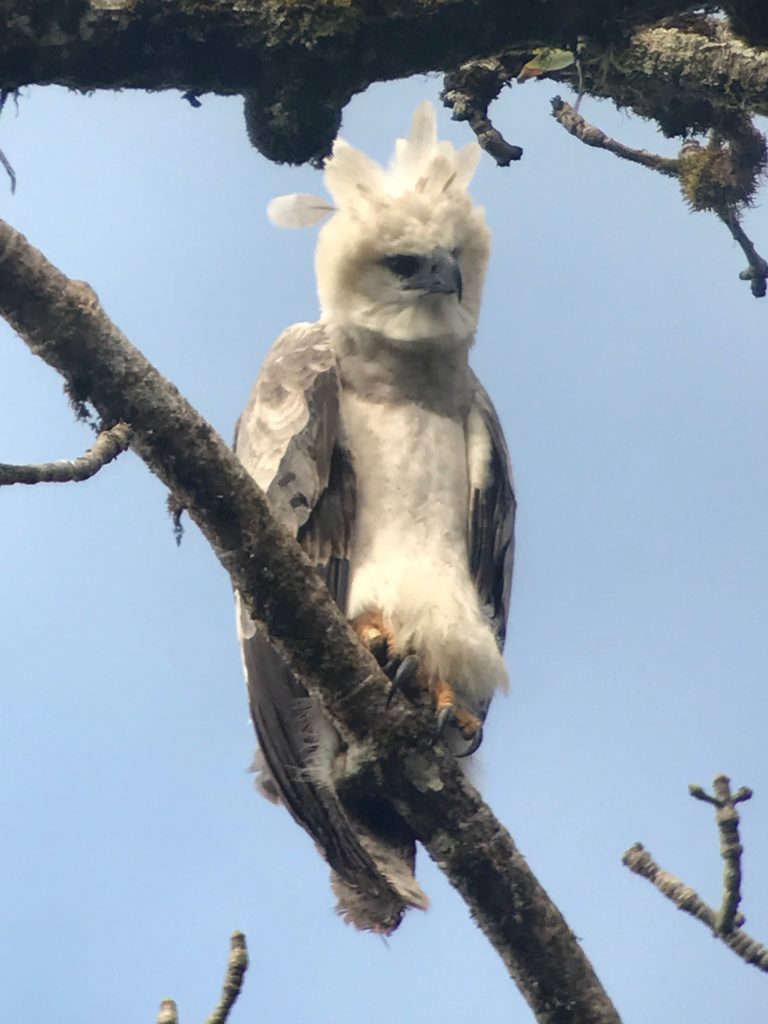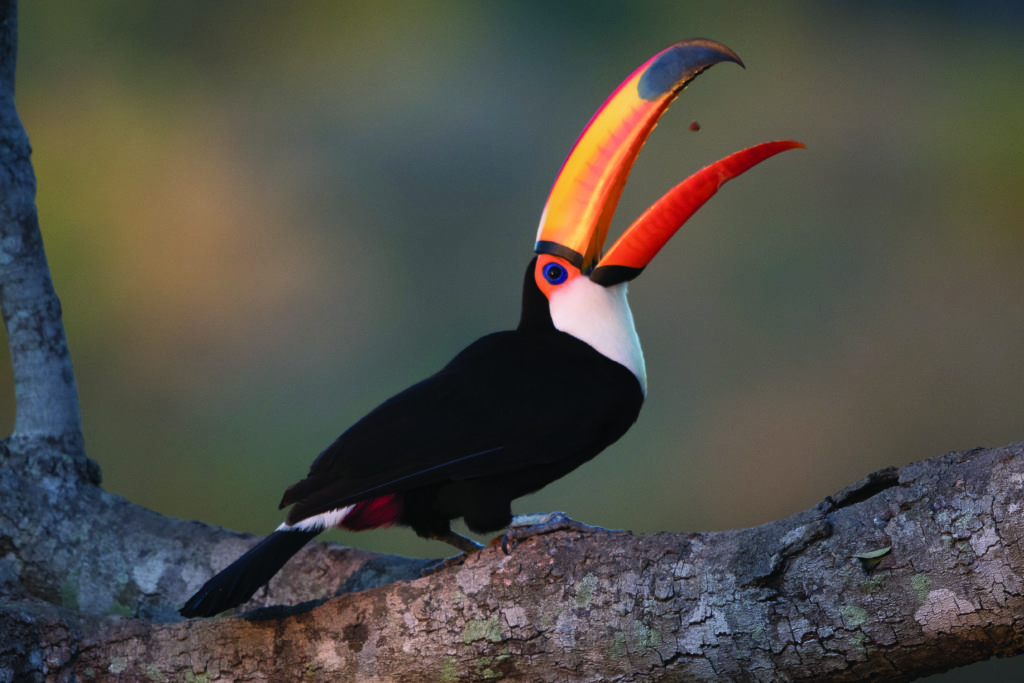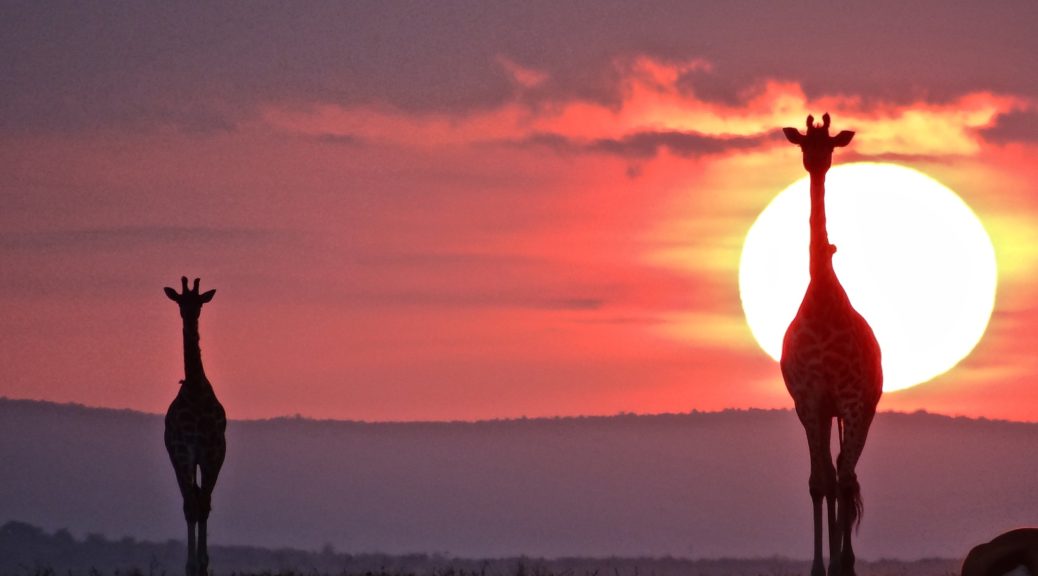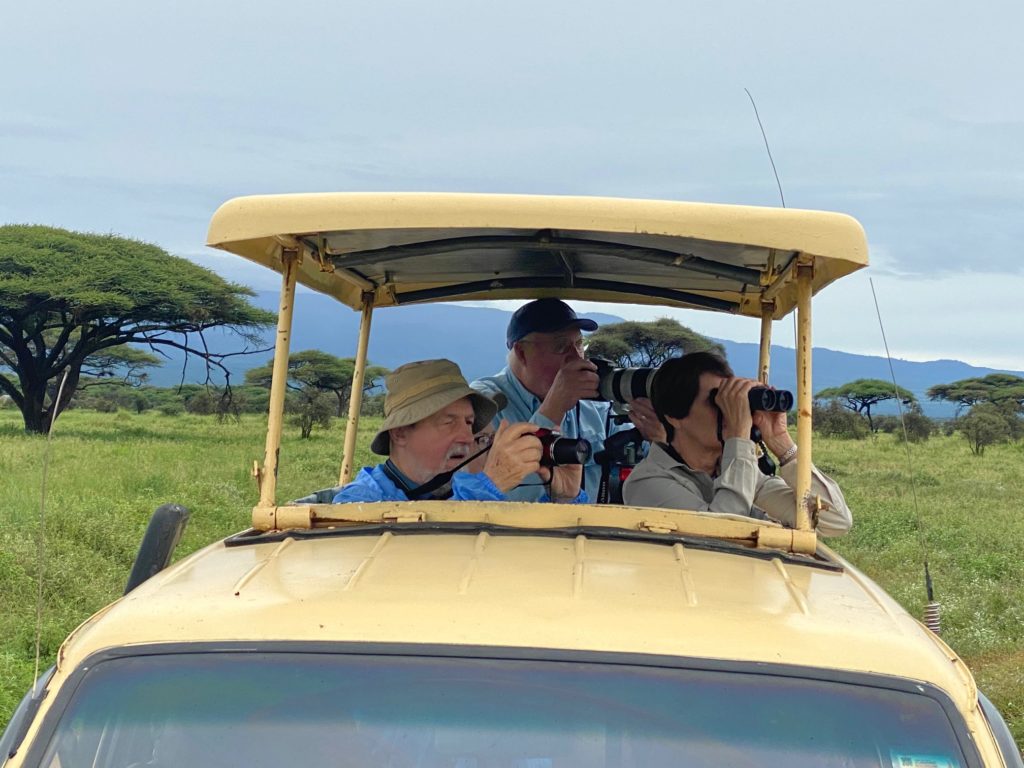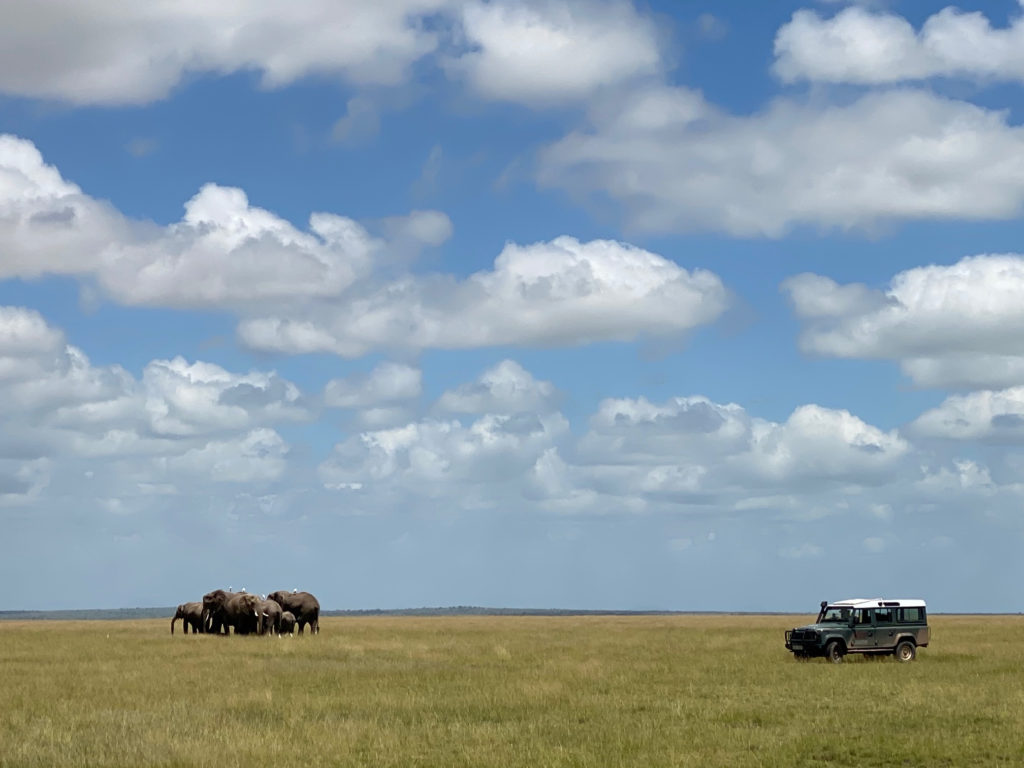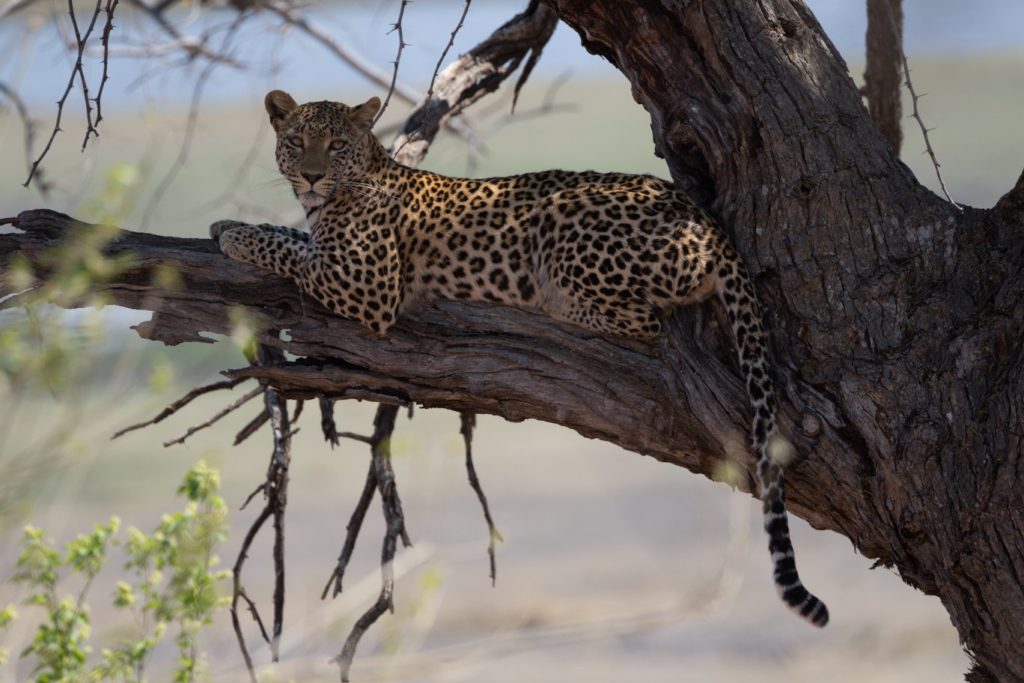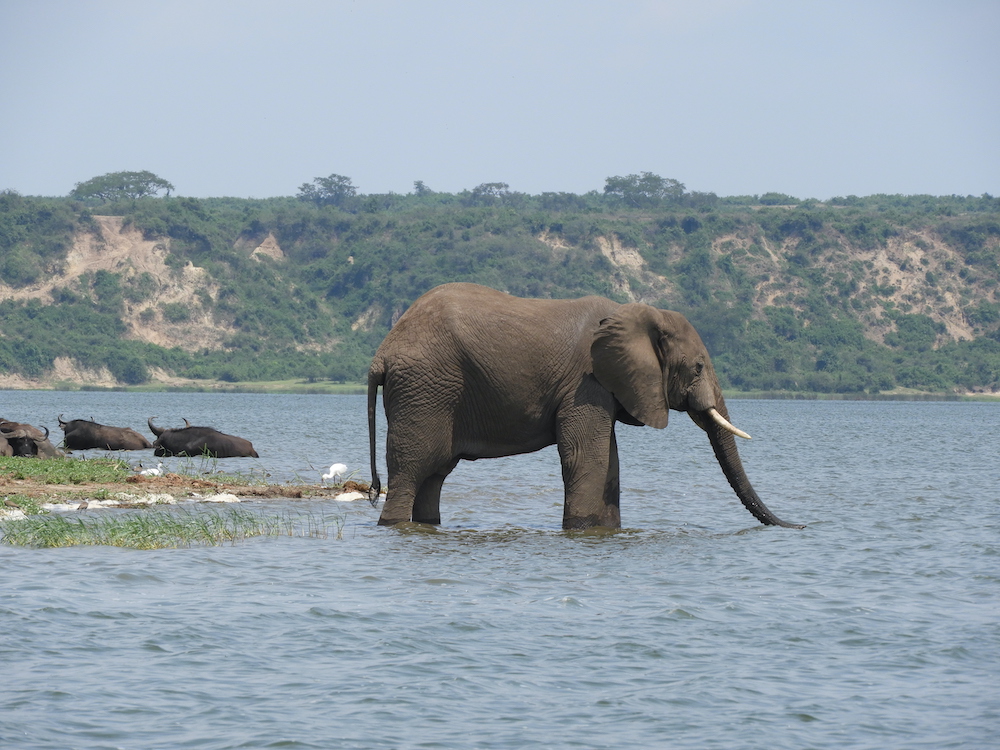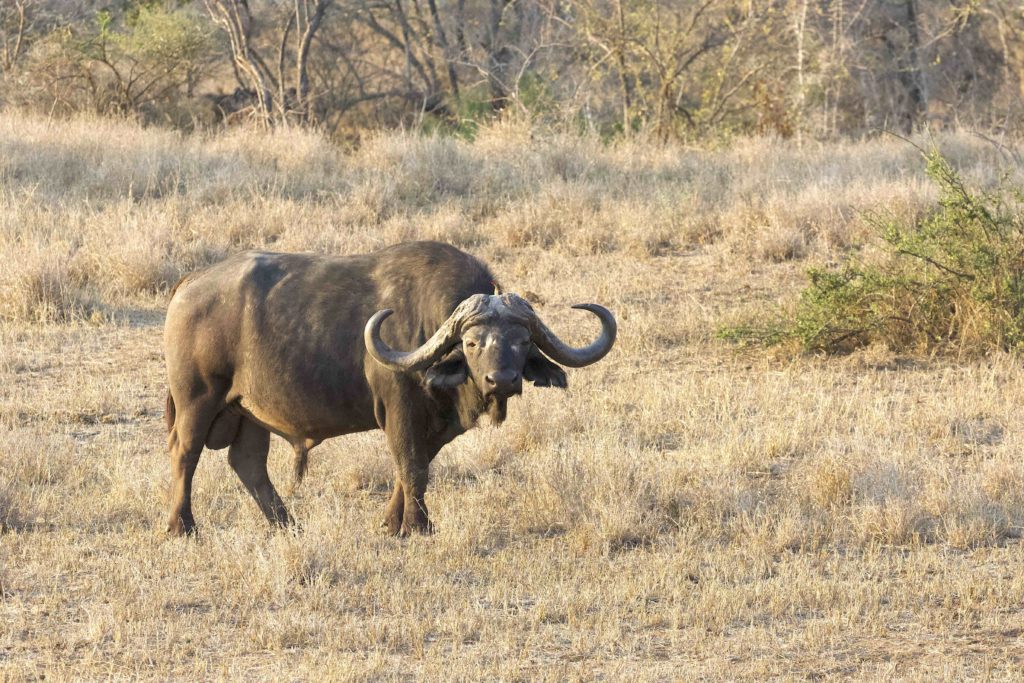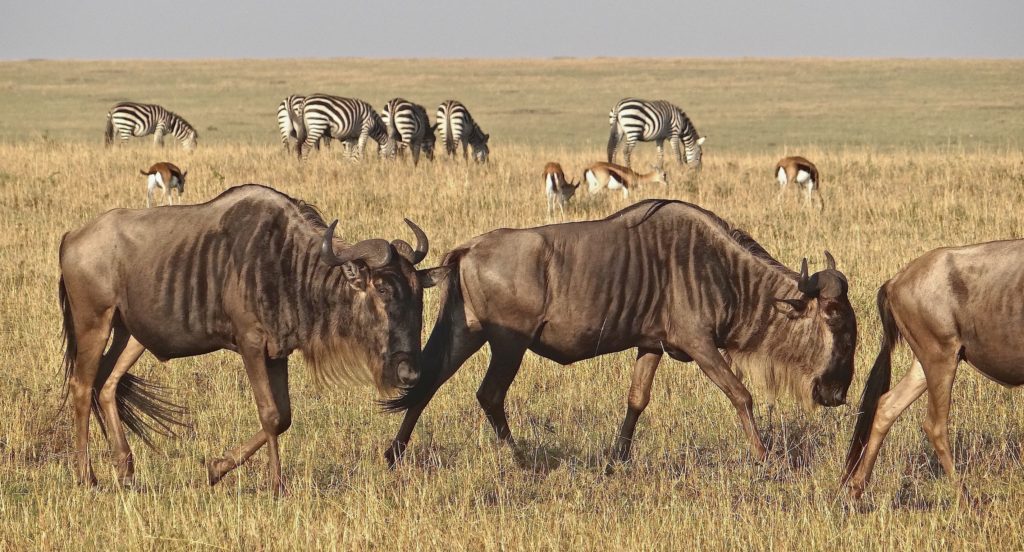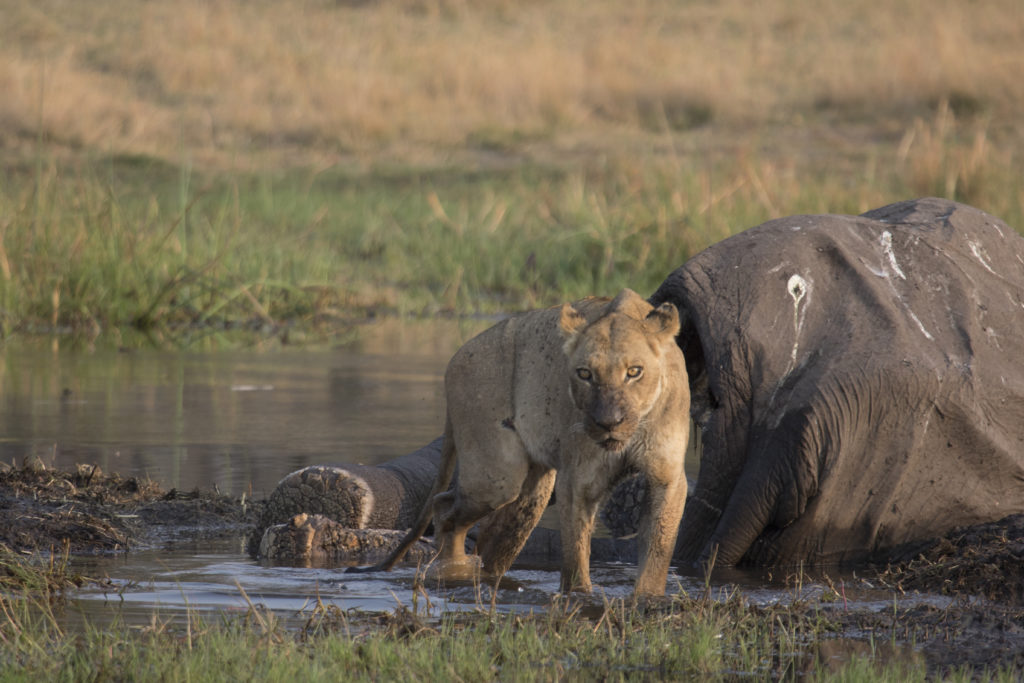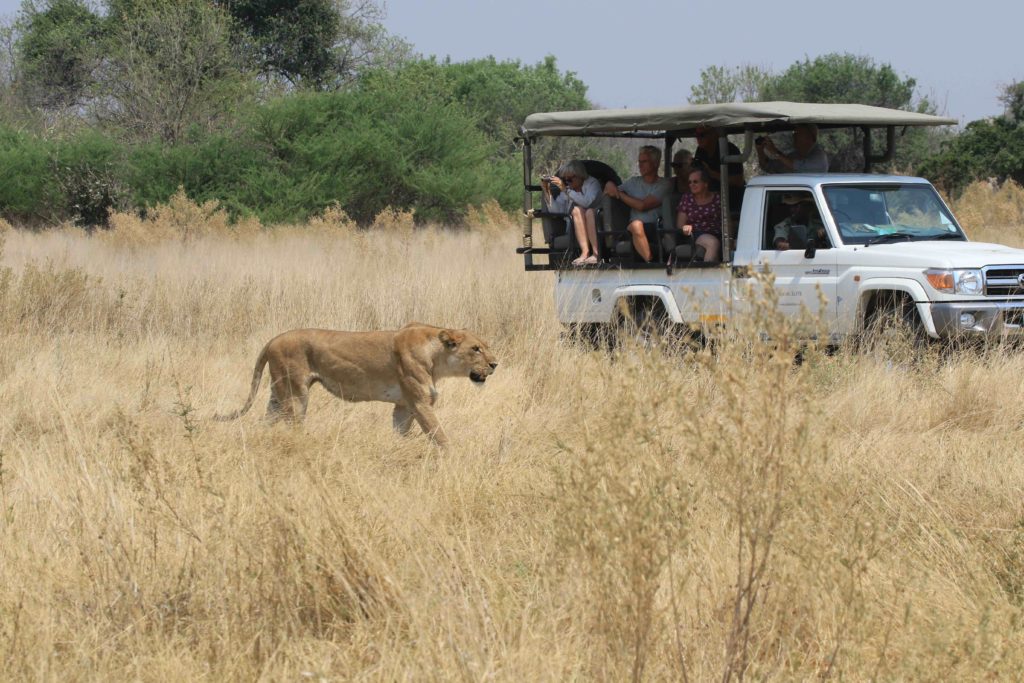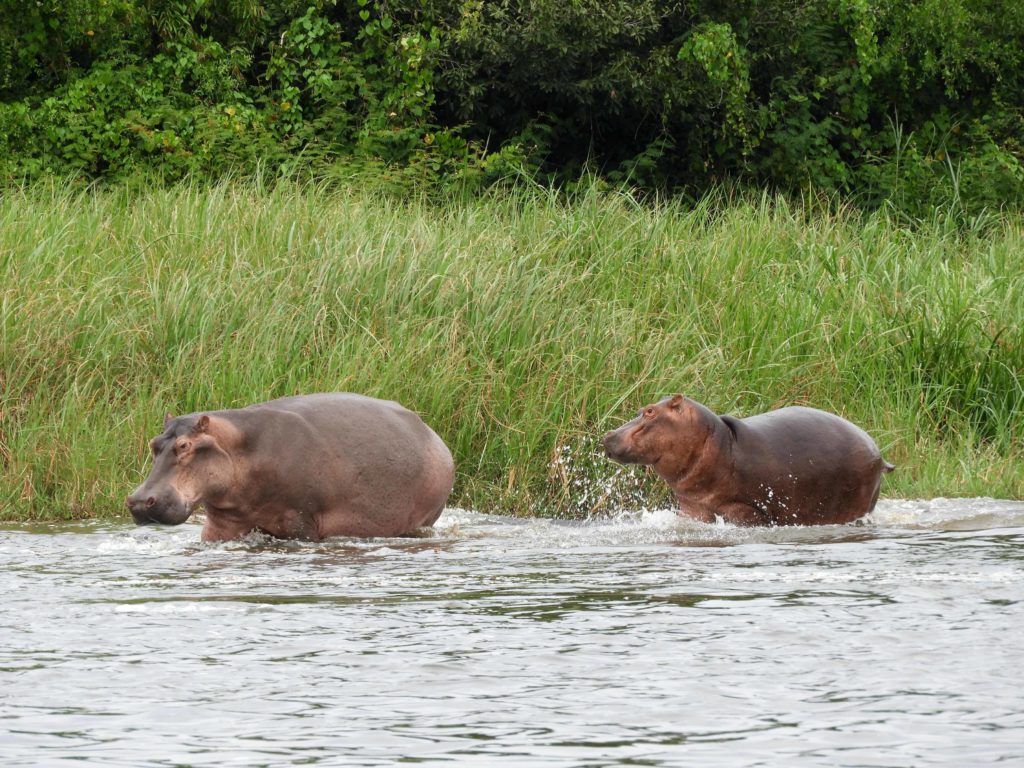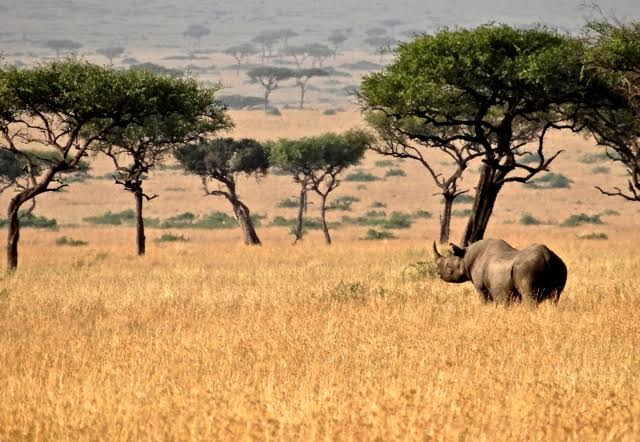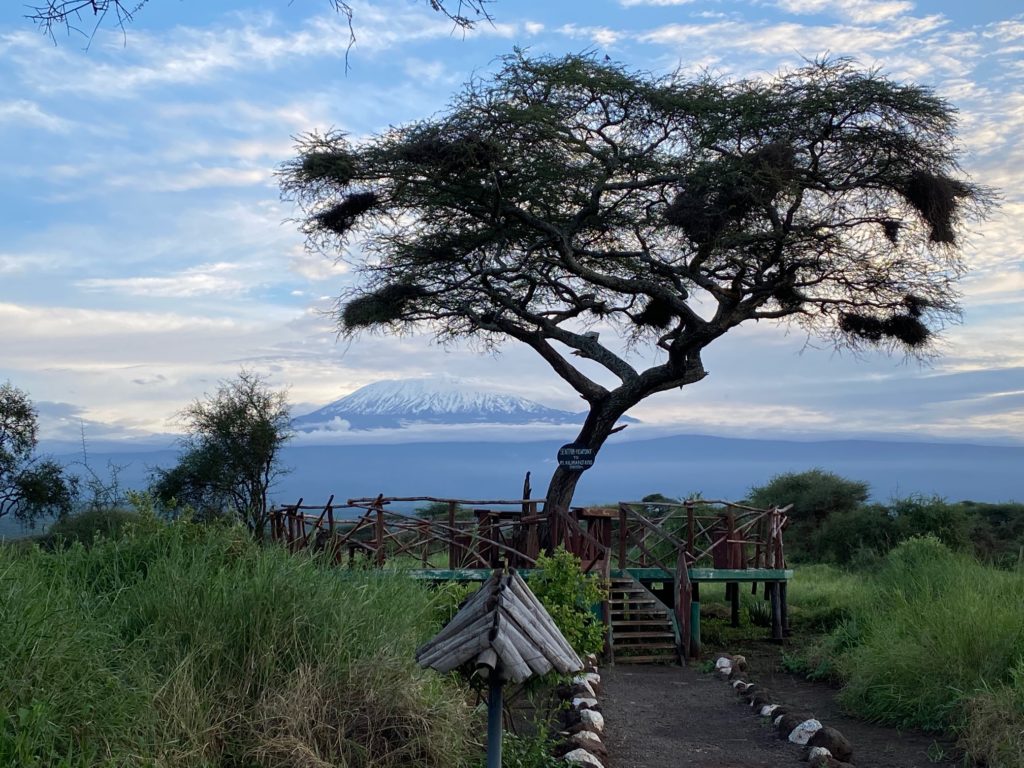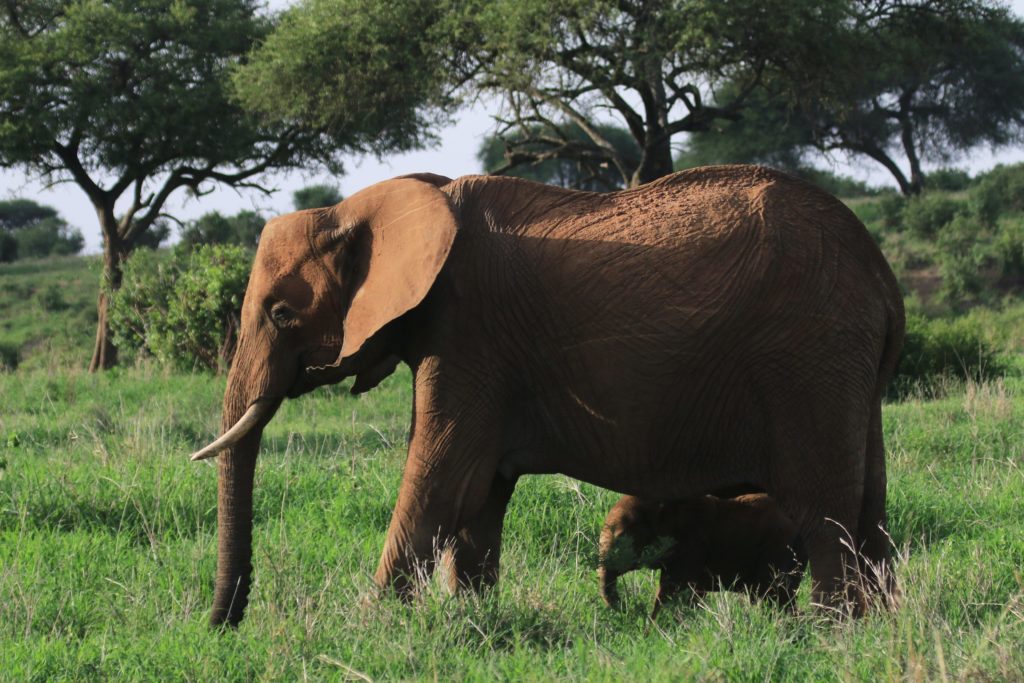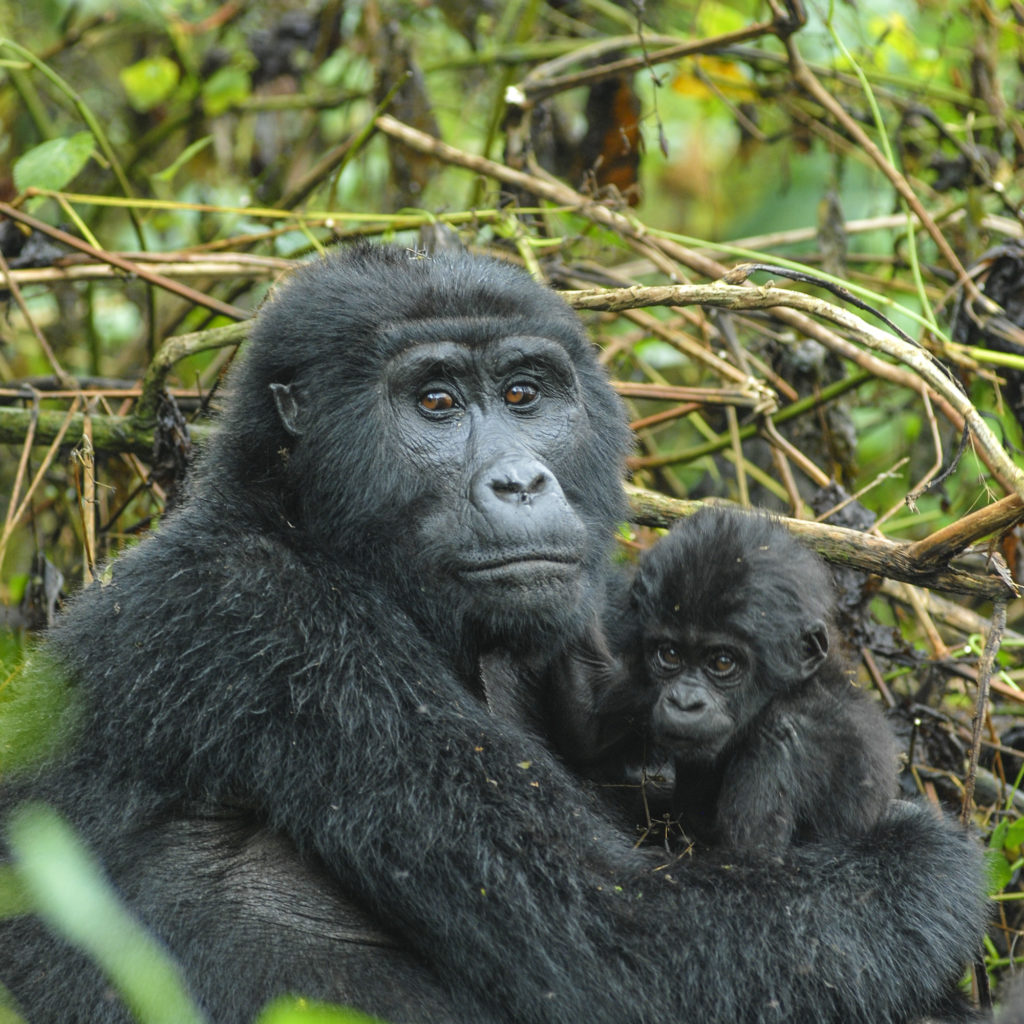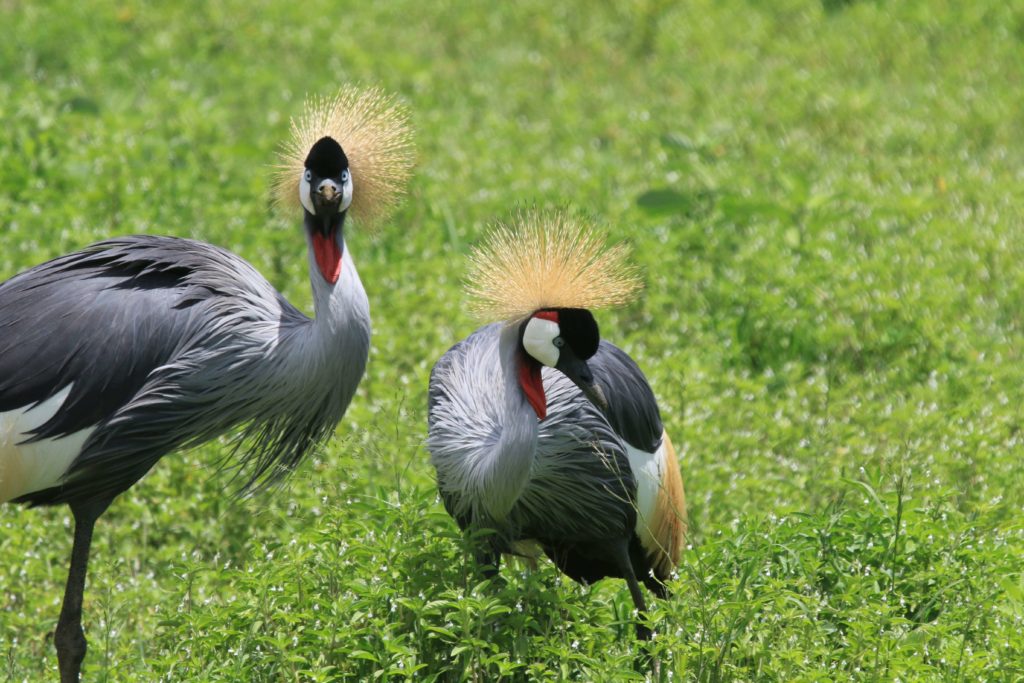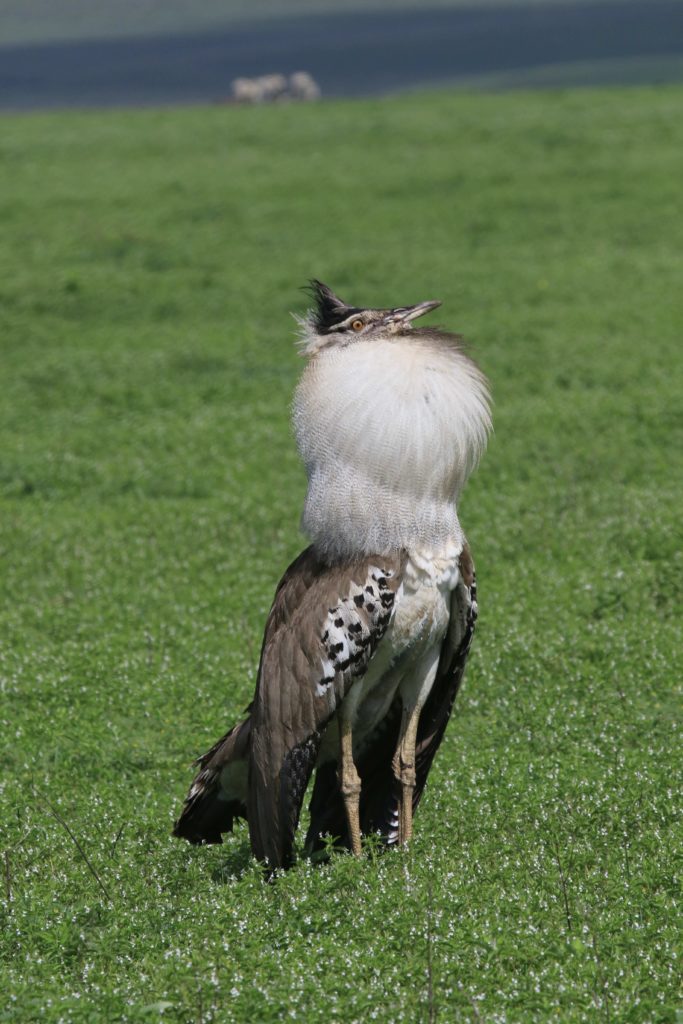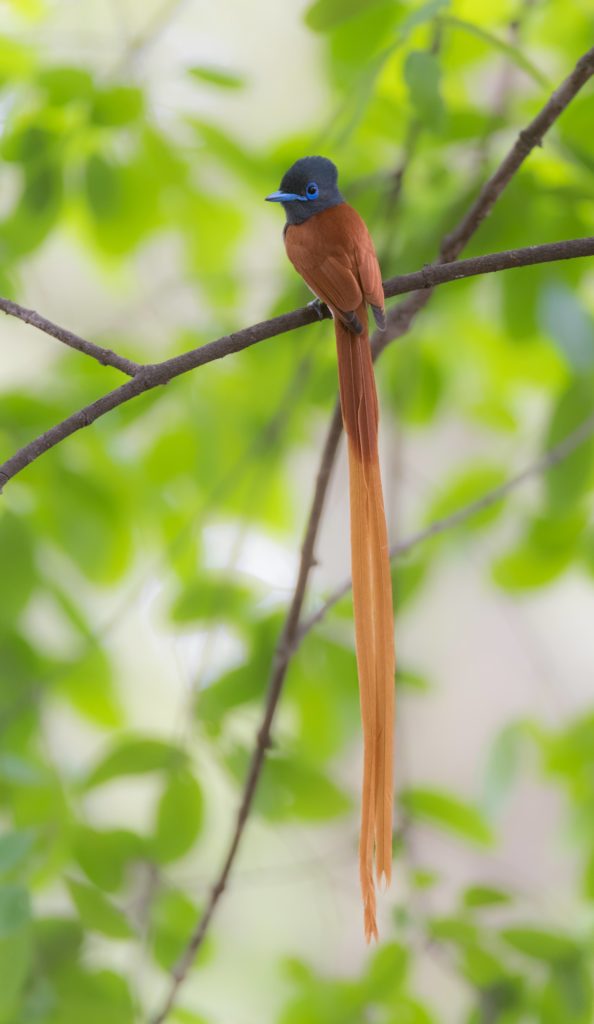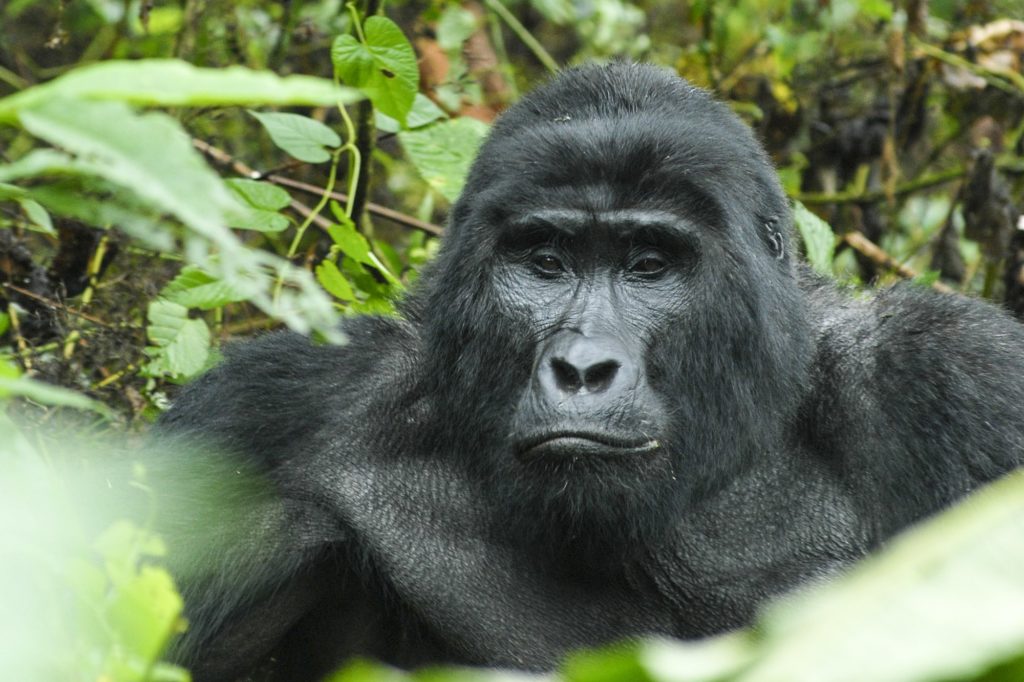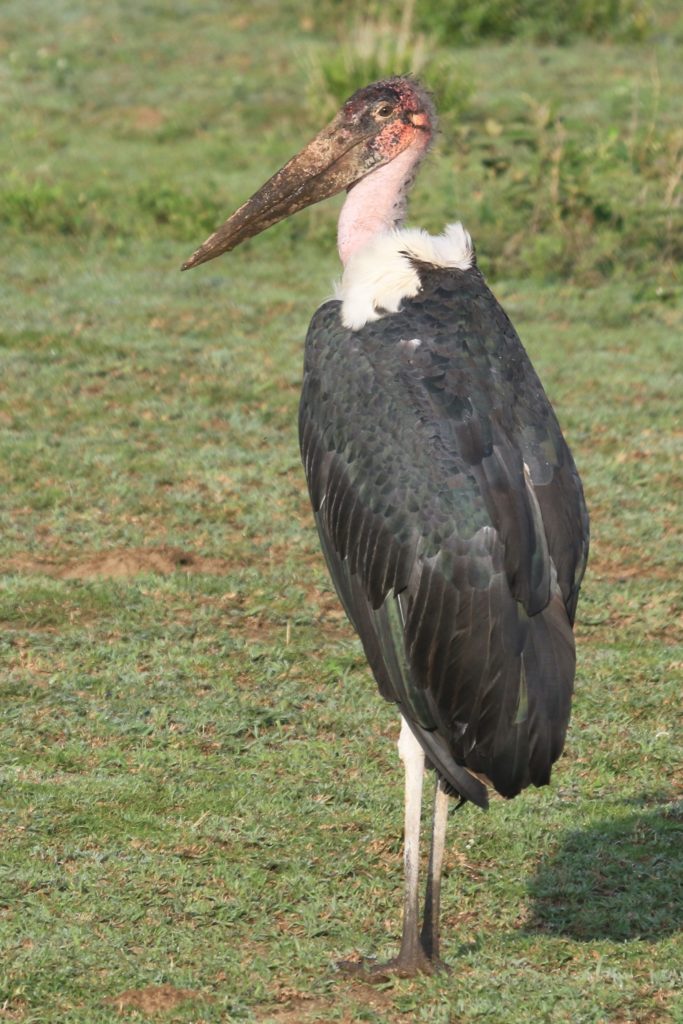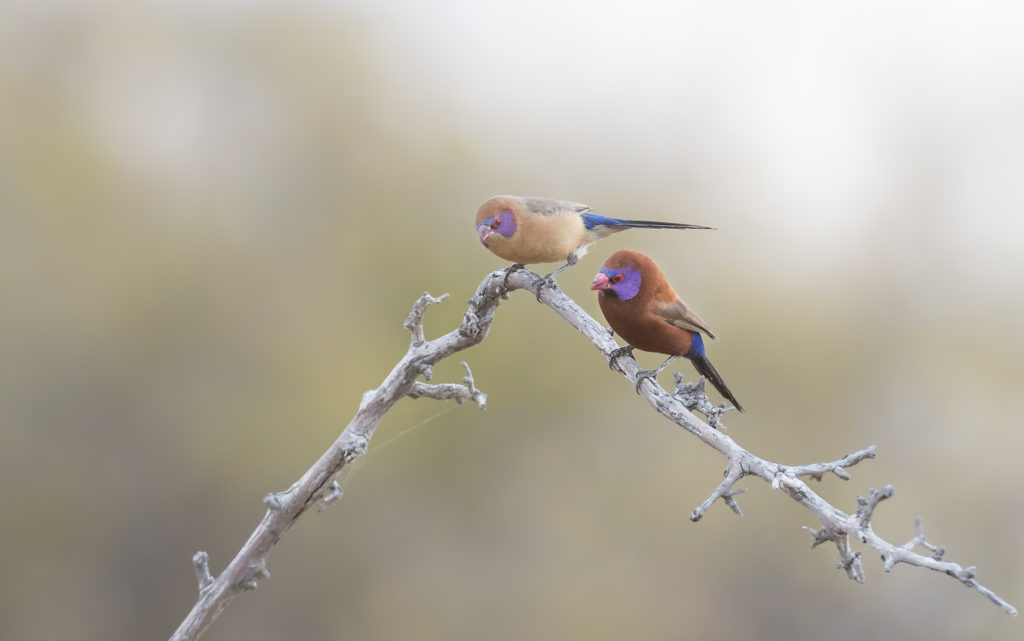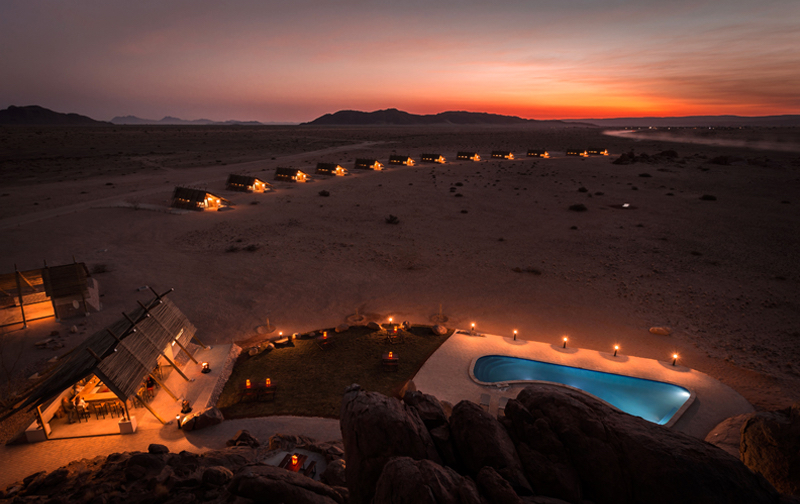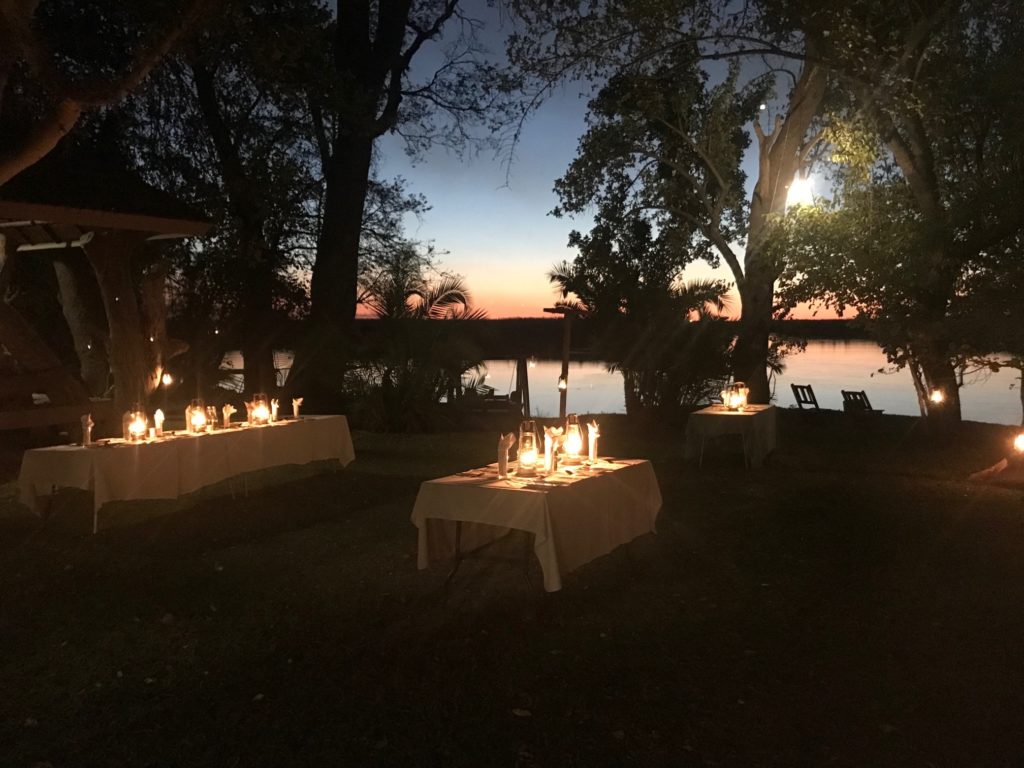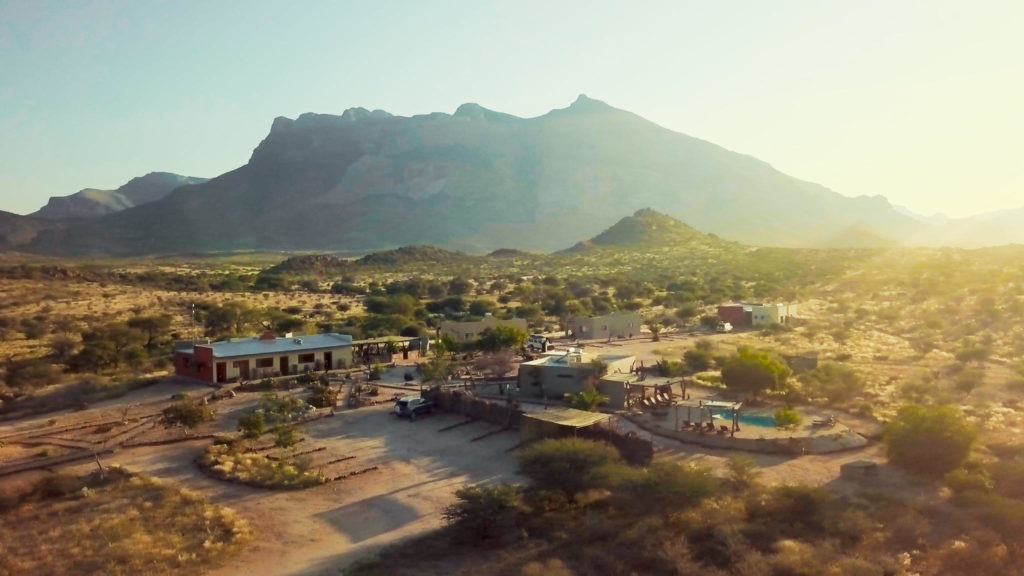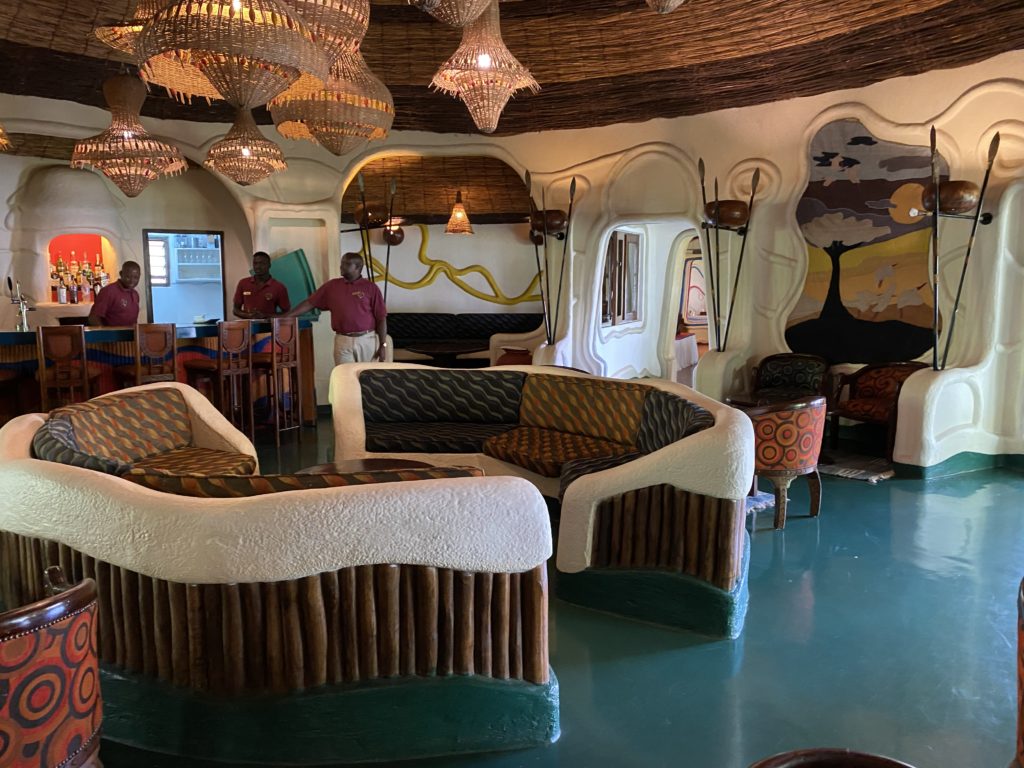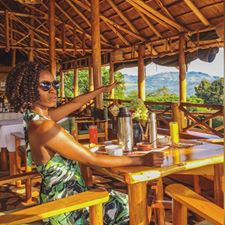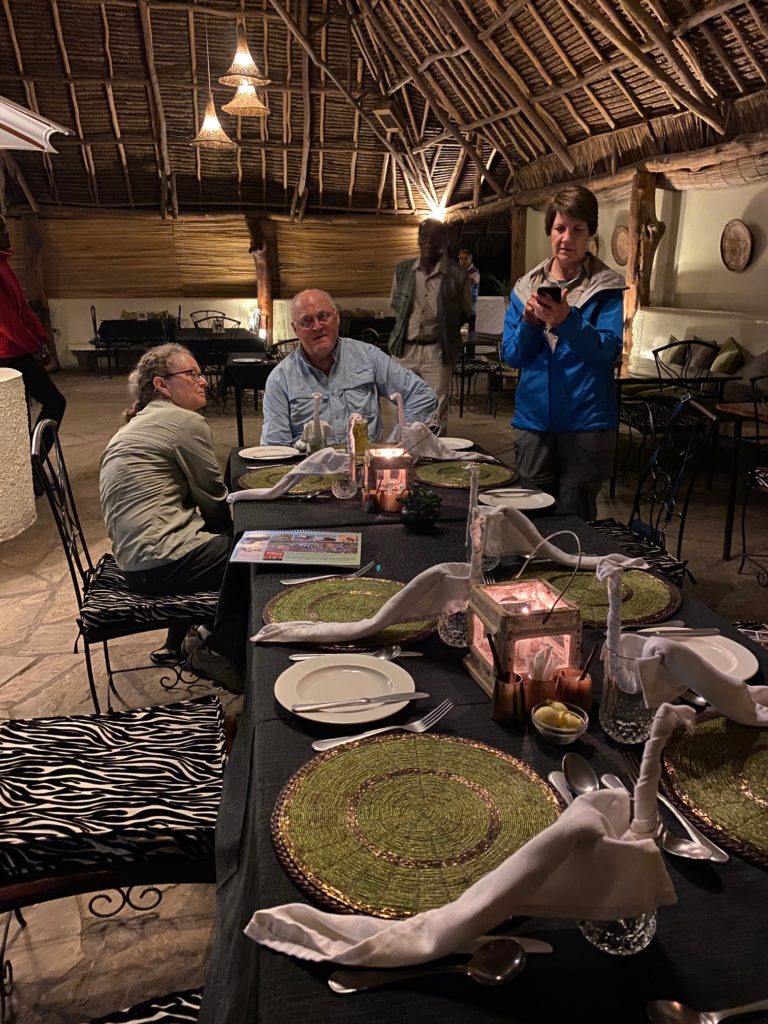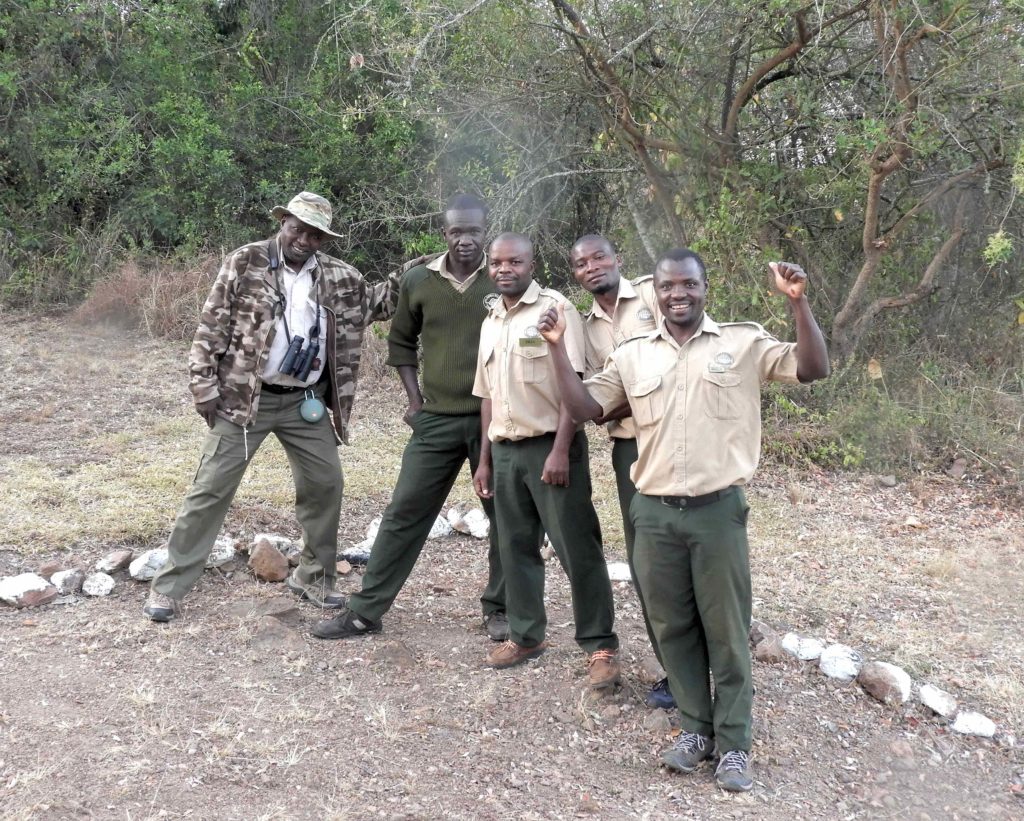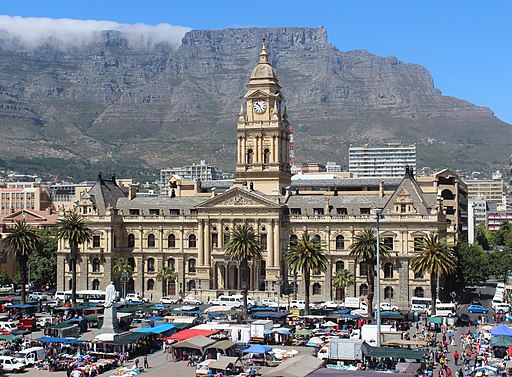Brazil is the most biodiverse country on the planet, home to some 20 percent of all species on Earth. Which is why coming up with a top five Brazilian birds and top five Brazilian mammals was no easy feat – even narrowing our scope down to the Pantanal, the focus of our three 2022 tours to Brazil.
- Brazil’s Pantanal: Jaguars! And More…July 17 – 27, 2022, w/Atlantic Forest , Chapada extensions with guide Bob Meinke
- Brazil’s Pantanal: Jaguars! And More…August 2 – 12, 2022, w/Atlantic Forest, Chapada extensions with guide Peg Abbott
- Brazil’s Pantanal: Jaguars! And More…October 11 – 21, 2022, w/Atlantic Forest, Chapada extensions with guide Wes Larson
Ten times the size of the Everglades, the Pantanal is the size of Washington State (though it’s still dwarfed inside Brazil, a country even larger than the lower 48 US states). The world’s largest wetland, it is incredibly important to the survival of many species.
Five Brazilian Mammals
Jaguar
Some 2,000 jaguars call the Pantanal home, which is the highest density of these marvelous big cats anywhere in the world. (Brazil is thought to be home to some 85,000 jaguars, about half of the jaguars in the world.)
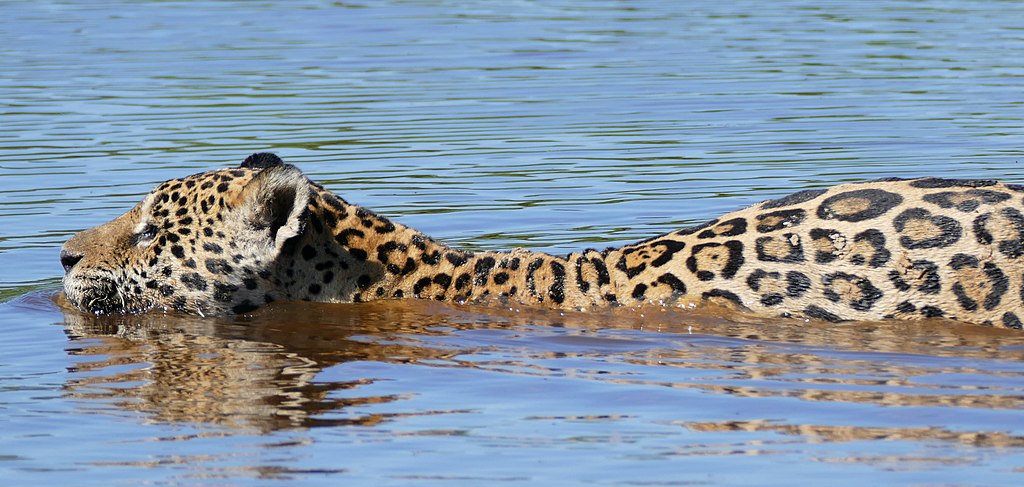
Jaguars adore water, which helps explain their presence in the Pantanal. Their spotted yellow-orange fur should be a warning sign to prey species. Incredibly powerful jaws allow jaguars to bite right through skulls and sink their teeth through the rough hides of Yacaré Caiman, a favorite meal. Our expert local guides give us great chances to see these water-loving cats, and we set aside one full day to find them.
Maned Wolf
Despite its name, this largest canid of South America is neither fox nor wolf, but the only member of the genus Chrysocyon. It evolved to hunt in tall savannah grass, which helps explain its 3-foot-tall frame and reddish coat. It is able to blend in with and be tall enough to see over vegetation.
We may smell Maned Wolf before we see it, as its urine has a powerful skunk-like aroma. A solitary hunter when it does eat meat, the Maned Wolf is an omnivore, and a fruit-lover! As much as half of its diet is fruits and vegetables, and it has a particular taste for lobeira, a fruit that in Portuguese means “fruit of the wolf.”
Giant Anteater
Although they are kin to sloths, the Giant Anteater can move much more quickly! They are ant-eating machines, with powerful claws to rip into ant and termite mounds and a two-foot tongue covered with barbs to help them retrieve up to 30,000 insects a day! Anteaters can be considered conservationists, though, because they only feed for a few minutes at each mound before moving on rather than decimating any one colony. We often see these majestic creatures during both our Brazil and our Guyana tours.
Giant Otter

When we see Giant Otter, it’s common to see them as a family group, cavorting and splashing, as 6-foot-long, 75-pound adults will do! Giant animals like Giant Otter need giant and pristine riverine territories, where they are often among the most significant predators. Great news arrived in 2021 when a solitary Giant Otter was spotted in Argentina for the first time in 30 years, in El Impenetrable National Park. Giant Otter are far more common in the Amazon River basin and its tributaries, including Brazil’s Pantanal. With webbed feet, water-repellant fur and ability to close their nostrils and ears underwater, these weasel-family wonders are always a joy to see in the wild.
Brazilian Tapir
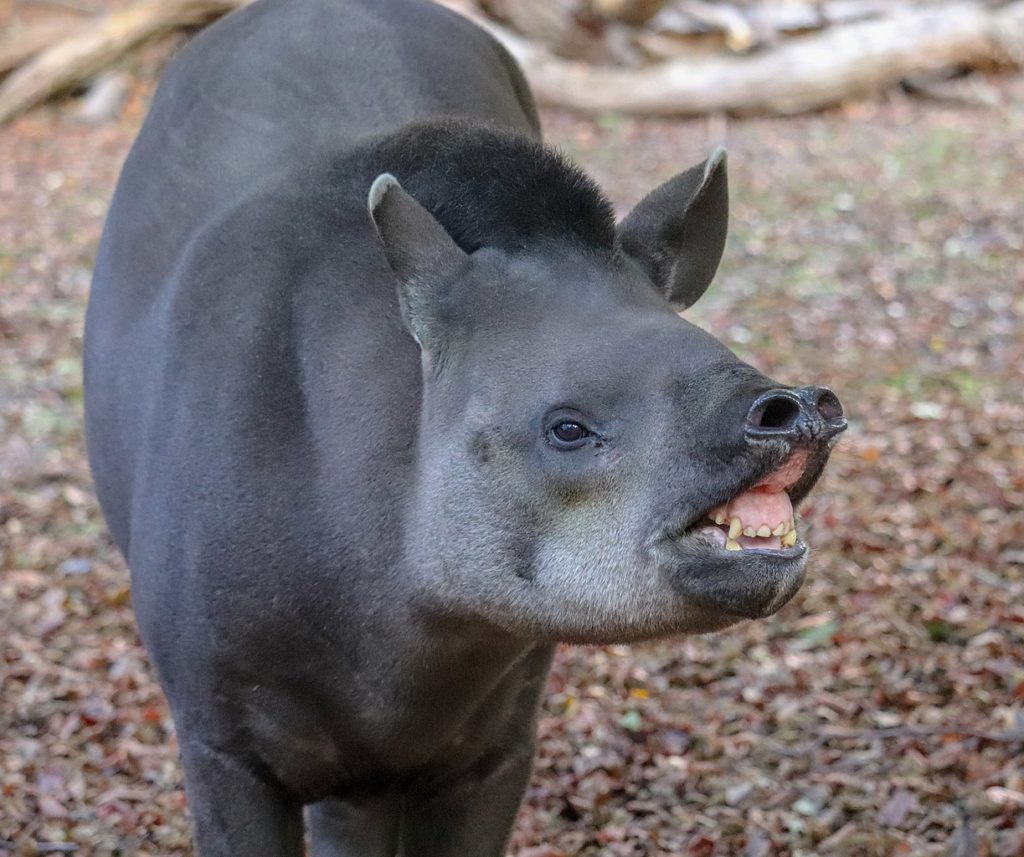
To those of us who didn’t grow up seeing Tapirs on a regular basis, the mind grapples with what animal it most closely resembles. Many different ones spring to mind: a pig, a rhinocerous, a little elephant, a small horse. Thought to have remained more or less the same for tens of million years, the Brazilian Tapir is well adapted to its herbivorious function. A 500-800 pound adult can easily eat 75 pounds of food every day, using its prehensile snout to strip leaves and fruit from branches. Following our Pantanal theme, they are a water-loving species, who wallow in mud and even dive to eat aquatic plants. Most closely related to horses and rhinocerous, their cubs have camoflauged fur!
Five Brazilian Birds
Harpy Eagle

Even for birders who don’t care about checklists, the Harpy Eagle is one of the most sought-after species on any birding and nature tour in their rapidly-shrinking range. Brazil still has enough continguous wild territory to support this massive and powerful raptor that one of the most famous of all “listers,” Carl Linnaeus himself, put into a class of its own. The Greek “harpies” were composite creatures with the body of a vulture and the face of a woman with the job of ferrying the dead to Hades. We have good chances to see Harpy Eagle in both Brazil and in Guyana.
Greater Rhea
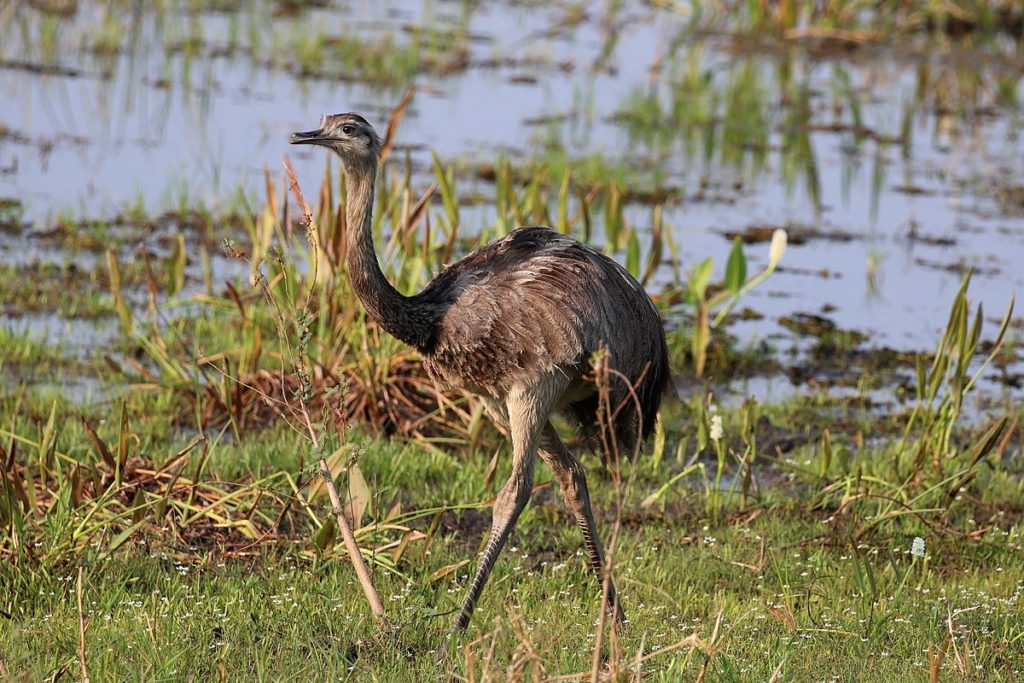
Five subspecies of Greater Rhea come together in the Pantanal region we visit. Flightless and long-legged, this bird is well adapted to savannah. Nearly 5 foot tall and 60 pounds, they are a quiet species, using their voices almost exclusively during mating season, when they also use their rather long wings in courtship displays. Greater Rhea have an unusual breeding system, where the males are sedentary nest tenders of eggs laid by many different females. Females are serially polyandrous, traveling about to mate with different males, and once each egg is laid near her mate’s nest (he inspects and then rolls it in, with as many as 70 others) she moves on to find another partner.
Hyacinth Macaw

At the other end of the devotion spectrum, the Hyacinth Macaw is said to mate for life. The world’s largest parrot, it is stunning to see flying in the wild, with a four-foot ultramarine blue wingspan, offset with accents of gold at the eye and hooked bill. Nuts, seeds, fruit and insects make up its diet and they roost in groups. On our Brazil birding trips, we often see these sociable creatures flying overhead, especially in the morning and near roosting time.
Toco Toucan
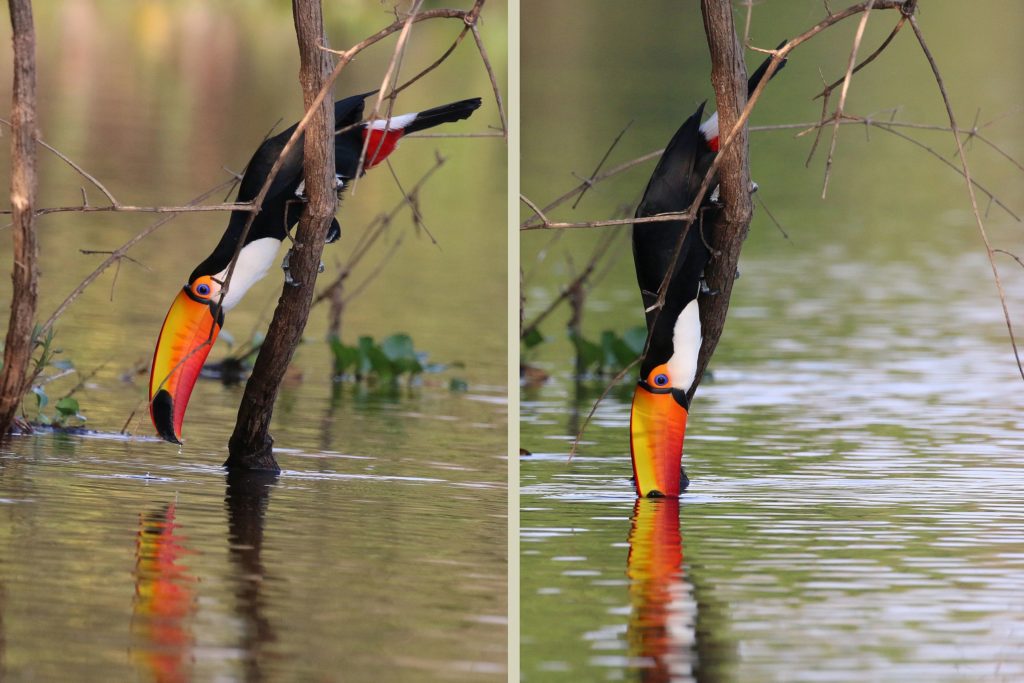
Toco Toucan is one of the most striking birds found anywhere in the world, and its massive bill performs many functions. It’s used to collect and process fruit (which is more than can be said for the Fruit Loops mascot it inspired). But the bill is also useful in crunching up frogs and snails, and intimidating and fending off nest-robbing predators. But the bill has another important function. Like an elephant’s ears, a Toco Toucan’s bill is used to regulate heat and is lined with blood vessels. At night, when temperatures are lower, the Toco Toucan can be seen to tuck its bill under a wing before sleep.
Helmeted Manakin
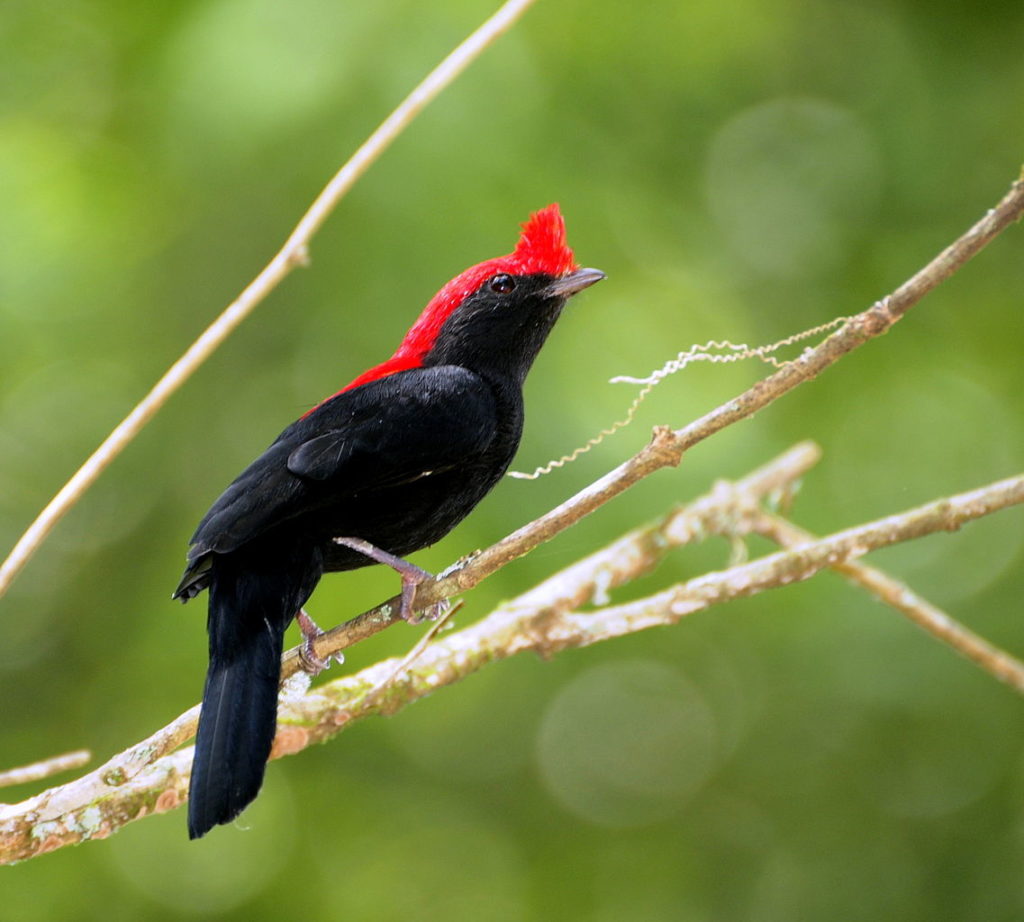
Helmeted Manakin are sexually dimorphous to the nth degree! Females and juveniles are very boring indeed compared with the male Helmeted Manakin’s sleek glossy black plumage, crowned with a red crest. We often see these birds while “on safari” at Aguapé Lodge, sometimes in exciting mixed-species flocks. During the height of the fruiting season, Helmeted Manakin are very choosy eaters, shifting to the understory to eat less perfect fruit only when circumstances require. In the dry season, when there is less fruit, they have been observed eating insects in Brazil.
Of course, these are just a handful of the many hundreds of species we may see on any given Brazil birding and mammal adventure. To get more of a flavor, read a species list or two and read the trip reports that show what past guests have seen on our journeys.
Pre-Tour and Post-Tour Extensions
The pre- and post-tour extensions in Brazil further expand the many wonderful species you have an opportunity to see!
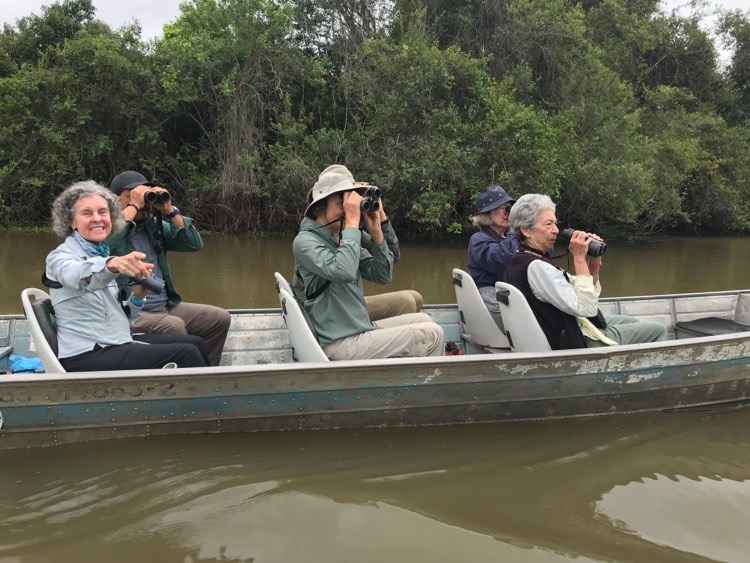
Itatiaia National Park Pre-tour Extension

Itatiaia was Brazil’s first National Park and shelters an incredible variety of birds, including Black Hawk-Eagle, Dusky-legged Guan, Slaty-breasted Wood-Rail, Giant Snipe, White-throated Hummingbird, Brazilian Ruby, Frilled Coquette, Black-breasted Plover-Crest, Saffron Toucanet, Yellow-fronted and Robust Woodpeckers, Wing-banded Hornero, White-browed Foliage-gleaner, Itatiaia Thistletail, Speckle-breasted Antpitta, Giant and Large-tailed Antshrikes, White-bibbed and Rufous-tailed Antbirds, Fork-tailed Pygmy-tyrant, Southern Antpipit, Velvety Black-tyrant, Pin-tailed Manakin, Eastern Slaty Thrush, Red-ruffed Fruitcrow, Black-and-Gold Cotinga, Brassy-breasted and Gilt-edged Tanagers, and Sharpbill.
For more details, read all about this 5-Day, 4-Night extension.
Chapada Post-tour Extension

Located 65 km northeast of Cuiaba, Chapada dos Guimaraes is a unique destination in the Cerrado, the Brazilian Savanna, a transition zone between the Cerrado and the Amazon, giving you the chance to see the Cerrado’s avian highlights like Small-billed Tinamou, Red-legged Seriema, Scaled Dove, Horned Sungem, Blue-tufted Starthroat, White-eared Puffbird, Rusty-backed and Large-billed Antwren, Rufous-winged Antshrike, Band-tailed and Fiery-capped Manakin, Curl-crested Jay, and White-rumped Tanager. Wow!
Read more about this 4-day, 3-night extension.


